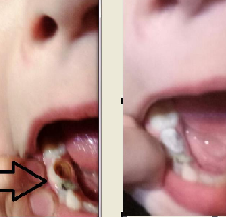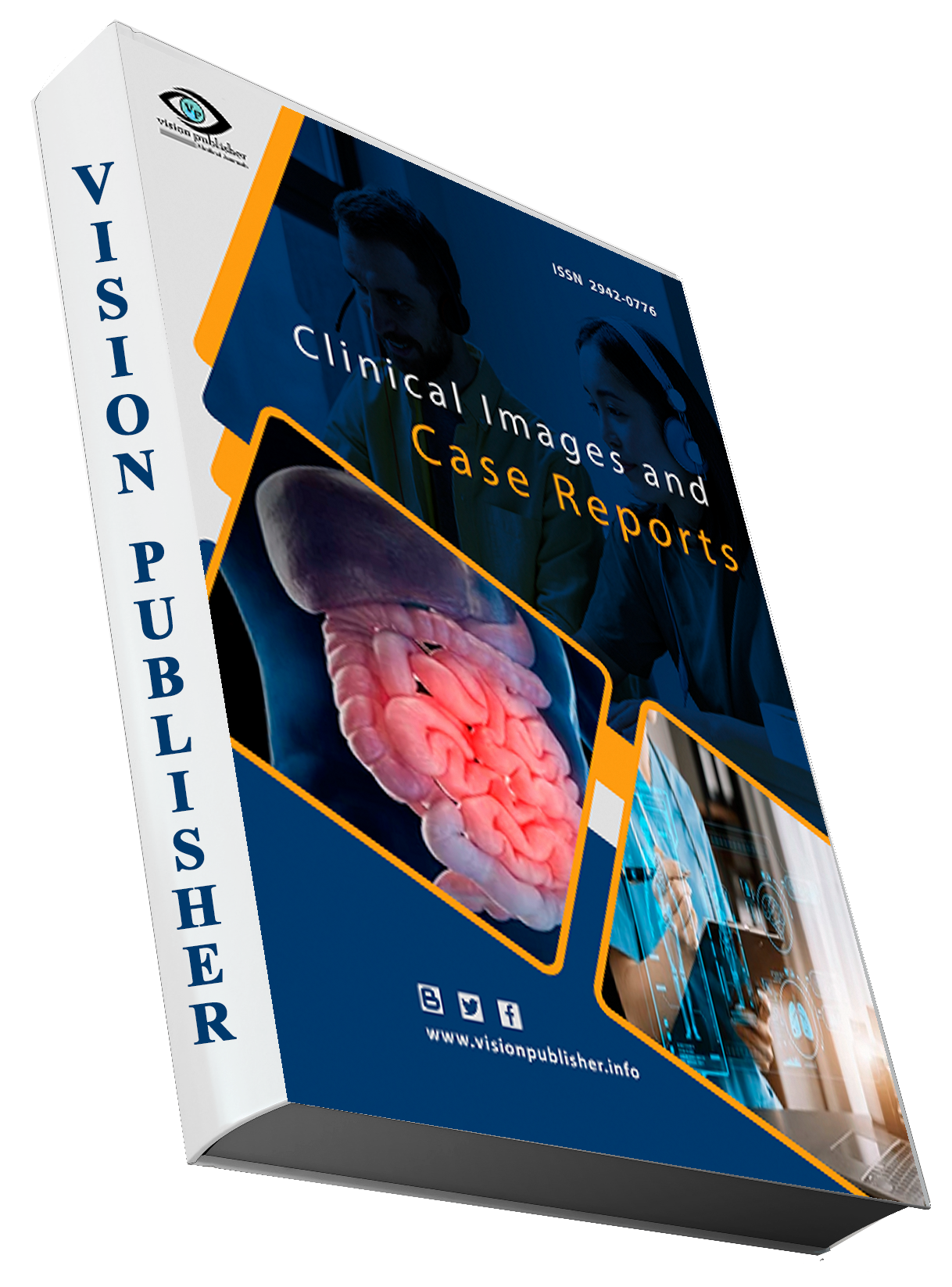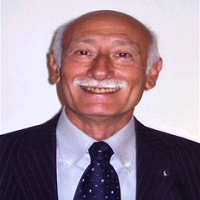Epoxy compositions with Gypsum, White Cement and CaCO3 as an effective material for self-restoration of carious and traumatic damages of side teeth.
Keywords:
highly filled epoxy, self-restoring compositions, resistanceAbstract
Firstly in scientific literature, at the level of a popular scientific experimental publication, a theoretical substantiation of the need to introduce preventive and self-restorative methods in dentistry was carried out, thanks to the use of compositions with nano-silica, nano-aluminum oxide and micro-sized mineral plant fillers. Methods for creating tooth powders and epoxy polymer fillings are proposed - from publicly available components, for use by non-specialists in places unsuitable for traditional prevention. All these assumptions and hypotheses were confirmed in the obtained results of observations in the well-being of patients by visual information (photo, x-ray image) of the treated groups of affected teeth.
The experimental part was based on the results of preclinical studies and was carried out on volunteers, with the involvement of consultants from dental clinics. The findings confirm the possibility of effective prevention and self-healing of dental systems through non-operative exposure to special complexes of dental powders, pastes and rinsing systems (subject to the correct mode of dental use). The physical, mechanical and resistance parameters of these epoxy compositions during curing in dry and wet (or underwater) conditions are indicated. Practical examples of fillings and restorations of real teeth are presented. It has been shown that the use of these compositions (subject to curing technology) provides highly effective dental fillings, with a minimal percentage of unsuccessful cases and the absence of post-effects. The proposed method of using ordinary, commonly available epoxy resins allows us to open a new direction in dentistry - self-dental methods. This is very important for the majority of the world's population.
Downloads
References
D Starokadomsky, Mr Reshetnyk and Nd. Starokadomska. Epoxy Compositions as a Material for Effective Self-Restoration of Carious and Traumatic Damage to Teeth and Strengthening of Old Fillings. First Experience. Biomed J. Sci & Tech Res . V.53(2). P.44518-44525. – DOI: 10.26717/BJSTR.2023.53.008373 - https://biomedres.us/pdfs/BJSTR.MS.ID.008373.pdf
D. Starokadomsky, M. Reshetnyk.; “Compositions "Nanosilica – Mineral Fillers – Epoxy Resin" For Out-Clinical Dental Prevention and Self-Treatment of Carious and Traumatic Dental Damages”. Middle East Res J. Dent., Nov-Dec. 2022. V. 2(1), P.1-3. -DOI: 10.36348/merjd.2022.v02i01.001
D. Starokadomsky, M.Reshetnyk. Water-Polymerisable Compositions "Epoxy Resin - Nanosilica – Mineral Fillers" for Out-Clinical Dental Prevention, and Self-Treatment of Carious and Traumatic Dental Damages. International J.of Health & Medical Res. – December 2022, V. 01, Is. 05, P. 69-73 - https://ijhmr.com/december-2022/ISSN(online): 2833-2148

Downloads
Published
How to Cite
Issue
Section
License
Copyright (c) 2024 Clinical Images and Case Reports

This work is licensed under a Creative Commons Attribution 4.0 International License.
Clinical Images and Case Reports












